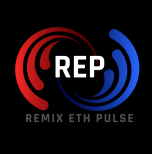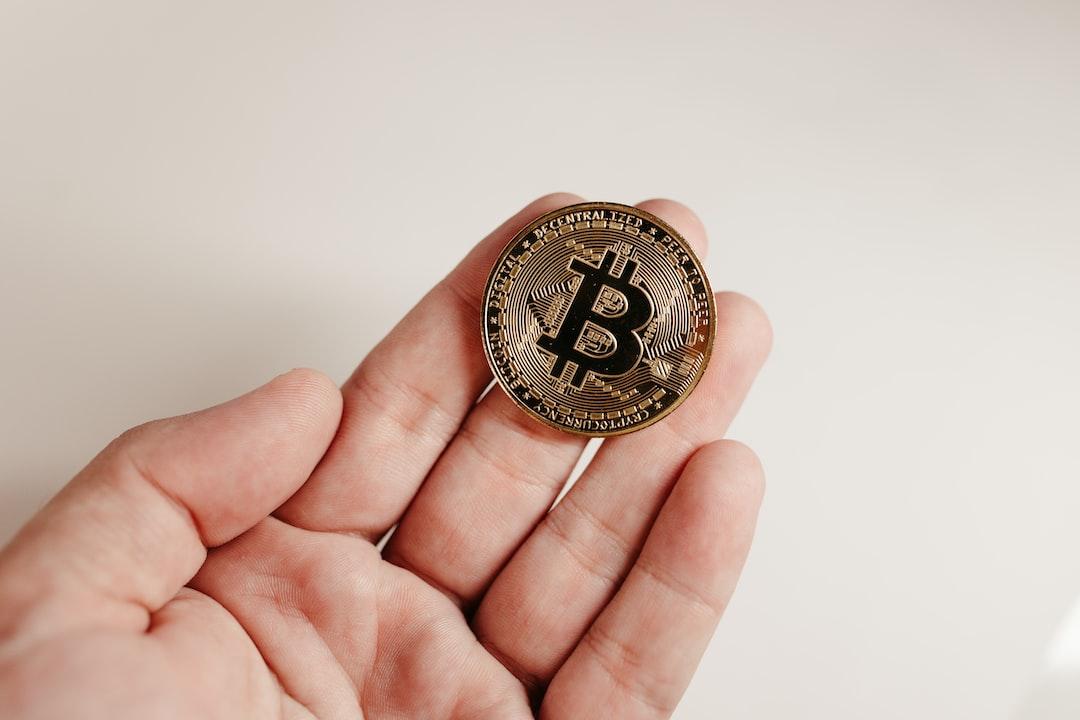What Happened?
Circle has partnered with Brazilian fintech company Matera to integrate USDC into the country’s banking system, merging local currency with stablecoins. Additionally, it has connected with the real-time payment system launched by the Central Bank of Brazil, allowing users to conduct local transfers and payments using USDC.
In addition to its collaboration with Matera, Circle has recently launched native USDC on World Chain, enabling users to perform cross-border transfers and low-value payments via the World App.
Since officially listing on the New York Stock Exchange on June 5, Circle’s stock price has risen from the issuance price of $31 to over $117, accumulating a growth of 280%. Following the announcement of its partnerships with Matera and World, Circle’s stock price surged by 10.7% in a single day.
Circle’s Stock Price Rises by 10.7%
The U.S. stablecoin issuer Circle has been in the news for its collaboration with Brazilian fintech company Matera, promoting the integration of multi-currency bank accounts and real-time payments. The good news also led to a significant rise in Circle’s stock price (ticker: CRCL), which jumped 10.7% on June 11, becoming a market focal point.
The partnership between Circle and Matera primarily aims to integrate USDC into the banking system of Brazil, blending local currency with stablecoins. According to Matera, the company’s “Digital Twin” technology allows Brazilian banks to hold USDC directly, coexisting with Brazilian reais and U.S. dollars on the same platform, alleviating the burden of building complex infrastructure for financial institutions. Moreover, this solution is connected with the instant payment system Pix launched by the Central Bank of Brazil, enabling users to conduct local transfers and payments using USDC.
Carlos Netto, CEO of Matera, emphasized that the interoperability between stablecoin and local currency accounts is a key breakthrough for banks or fintech companies looking to conduct global business in a cost-effective manner with immediate settlement.
Circle Launches Native USDC on World Chain
Apart from its collaboration with Matera, World Chain has announced that the previously used “bridged USDC” on its platform has now been fully upgraded to “native USDC” directly issued by Circle.
According to official data from World, there are currently over 20 million user wallets holding the upgraded native USDC, covering more than 160 countries. The company stated that these users mainly conduct cross-border transfers and low-value payments through Mini Apps within the application.
Furthermore, with Circle’s CCTP V2 cross-chain protocol, users can transfer USDC between different blockchains more quickly and economically. Developers can also directly integrate USDC into the Mini Apps of the World App, reaching millions of users globally.
Although World Chain was established in 2019, it will officially enter the U.S. market by the end of April 2025, choosing to launch iris scanning services in six major cities: Atlanta, Austin, Los Angeles, Miami, Nashville, and San Francisco.
In contrast, World had previously faced investigations in Europe due to data privacy issues and even had its operations suspended in Spain and Portugal. Under the relatively crypto-friendly policies promoted by the Trump administration, World Chain, in conjunction with the native USDC developed by the publicly listed Circle, is likely to encounter more favorable developmental conditions in the U.S. market in the future.
Circle’s Stock Price Has Grown by 280%
Since officially listing on the New York Stock Exchange on June 5, Circle’s stock price has risen from the issuance price of $31 to over $117, accumulating a growth of 280%. Following the announcement of its partnerships with Matera and World, Circle’s stock price surged by 10.7% in a single day.
Circle CEO Jeremy Allaire stated on X: “Becoming a publicly traded company is a significant milestone in our transformation, representing that the world is ready for the upgrade era of digital financial systems.”
In addition to its collaborations with World and Matera, Circle has also been actively participating in industry investments through its venture capital division. For example, Circle participated in the Series A funding for the cross-border payment stablecoin platform Conduit, demonstrating the company’s ambition to build a stablecoin infrastructure. From launching native USDC on different chains to integrating with traditional financial systems, Circle is seeking to shape a new financial era centered around stablecoins.
Source: Cointelegraph, PYMNTS

